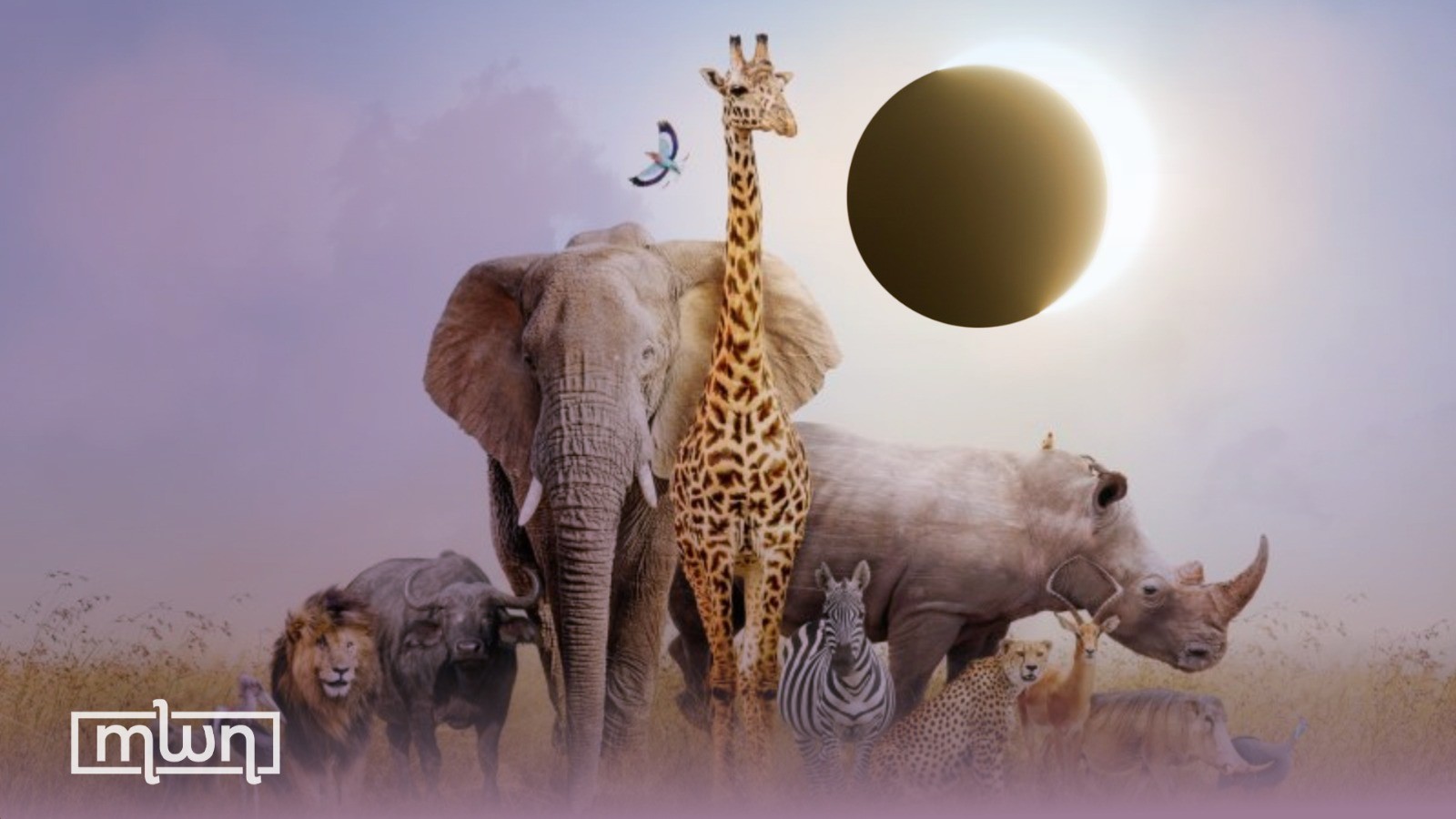Marrakech – As the total eclipse scheduled for April 8 approaches, anticipation rises in the United States for a rare celestial spectacle.
Such an event involves the sudden disappearance of the sun during daylight hours, an occurrence that typically elicits unexpected responses from various animal species.
Throughout past eclipses, individuals worldwide have observed a surreal stillness enveloping the environment, with birds, insects, and animals abruptly halting their typical behavior, according to USA Today.
The website reported that, at zoological facilities, researchers have documented a myriad of extraordinary occurrences during eclipses.
Flamingos have been observed forming protective circles around their offspring, while giraffes unexpectedly engage in galloping around their enclosures.
Swarms of birds, detectable even on radar, abruptly abandon the sky to seek refuge in trees.
Gorillas exhibit anticipatory behavior, marching towards their dens in anticipation of their last meal of the day.
Even the ancient Galapagos tortoises partake in unusual mating rituals during these celestial events.
As the anticipation builds for the upcoming full solar eclipse set to sweep across a significant portion of the US in April, scientists are intensifying preparations to study animals at numerous zoos situated within the path of totality.
This heightened focus stems from the astonishment scientists experienced during the last total solar eclipse in the U.S. in 2017, prompting a fervent desire to uncover more insights into animal behavior during such celestial phenomena.
“I thought it was going to be nonsense, I didn’t think animals were going to be affected at all,” said Adam Hartstone-Rose, a professor of comparative anatomy at North Carolina State University in Raleigh, North Carolina.
The total solar eclipse will be visible cross regions of Mexico, Canada, and the United States.
One state in the US emerges as the prime location for witnessing the solar eclipse in April 2024.
According to USA Today, the eclipse’s trajectory will traverse 13 states from Texas to Maine, with experts suggesting that the southern extremity of the path offers optimal viewing conditions.
During the 2024 event, scientists will closely monitor the behaviors of birds and animals, actively engaging citizen scientists to contribute their observations.
Even pets are being incorporated into these surveys, though veterinarians emphasize that their reactions will be largely influenced by the behavior of the humans around them, rather than solely by the sudden darkness.
















